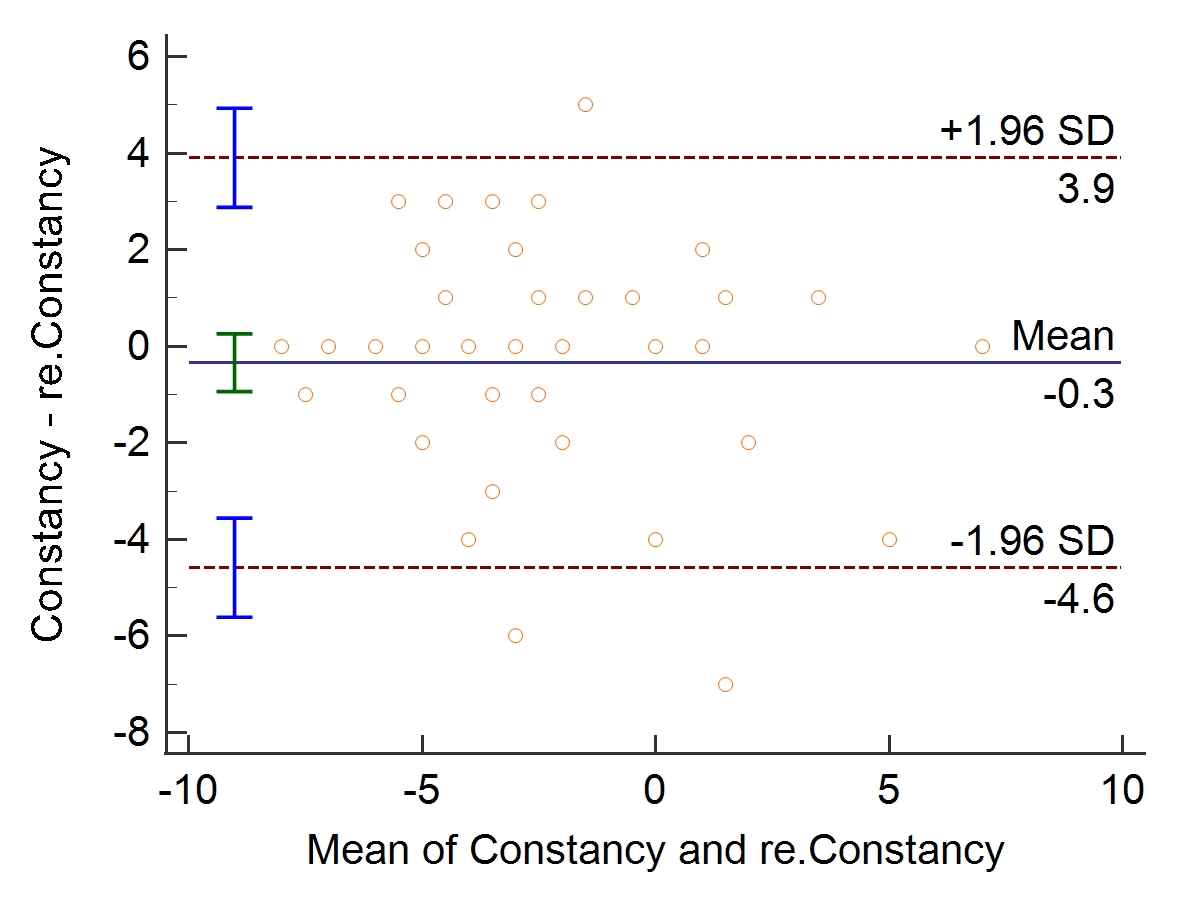Psychometric properties of the Persian version of the pain beliefs and perceptions inventory (PBPI) in individuals with chronic low back pain
Keywords:
Pain beliefs and perceptions inventory, Chronic low back pain, Validity, ReliabilityAbstract
Introduction: This study constitutes a methodological investigation aimed at scrutinizing the validity and reliability of the Persian version of the Pain Beliefs and Perceptions Inventory (PBPI) in individuals afflicted with chronic low back pain.
Methods: To gauge reliability, both the test-retest and internal consistency methods were deployed. Furthermore, the correlation coefficient was utilized to assess discriminant validity among 118 individuals suffering from chronic low back pain. The questionnaire's construct validity was ascertained by probing the correlation between the subscales of pain persistence in the future, pain stability in the present, self-blame, and the mysteriousness of pain, with the constructs of pain catastrophizing, disability, pain-related anxiety, coping strategies, quality of life, and pain intensity.
Results: Statistical analysis using the Shapiro-Wilk test revealed a non-normal data distribution. Consequently, the non-parametric Spearman's correlation coefficient was used to scrutinize construct and discriminant validity. The intraclass correlation coefficient (ICC) ranged from 0.58 to 0.78 for the subscales of pain persistence in the future, pain stability in the present, self-blame, and the mysteriousness of pain. Additionally, Cronbach's alpha coefficient ranged from 0.74 to 0.88. With the exception of the self-blame subscale, the other subscales exhibited significant positive correlations with constructs of pain catastrophizing, disability, anxiety, coping strategies, and pain intensity, as well as significant negative correlations with quality of life (correlation coefficient ranging between 0.19 and 0.49).
Conclusion: The outcomes about test-retest reliability, construct validity, and discriminant validity collectively suggest that the Persian version of the PBPI possesses robust psychometric properties.

Additional Files
Published
How to Cite
License
Copyright (c) 2023 Sarvenaz Karimi-GhasemAbad, Behnam Akhbari, Saeed Talebian Moghaddam, Ahmad Saeedi

This work is licensed under a Creative Commons Attribution-NonCommercial 4.0 International License.
